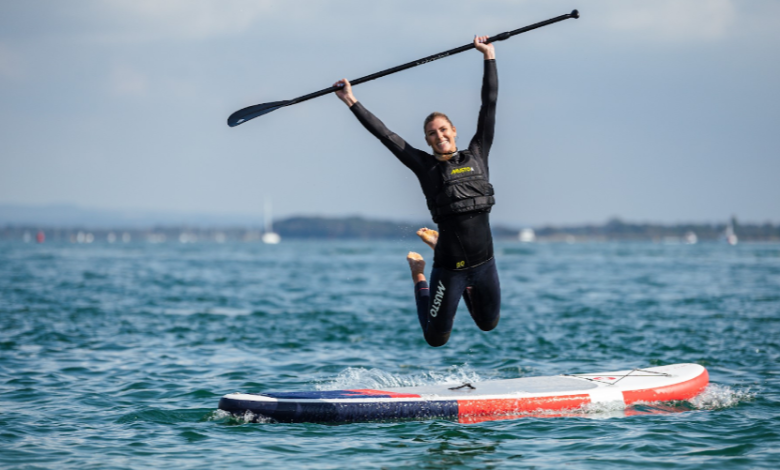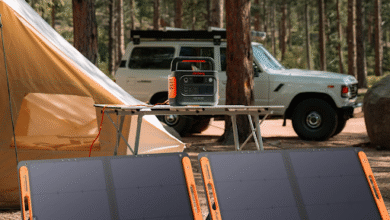
Should I Wear a Life Jacket on My SUP?
It’s a question that comes up a lot and, unfortunately, there isn’t always a clear answer. It depends on several factors such as where you are paddling, your ability, the conditions, and more. Let’s explore these factors to help you understand what may best suit your personal circumstances.
Many countries have varying laws about wearing lifejackets on sup boards depending on how a SUP is categorized by their maritime authority or coastguard. Sometimes these laws or regulations can even vary state by state.
Life Jacket Laws in Different Regions
Australia
Currently, in New South Wales, paddleboarders do not need to wear a lifejacket when they are paddling. This is because stand-up paddleboards are seen in the same category as surfboards (not boats or kayaks), and therefore it is considered that a full-body lifejacket/PFD may interfere in a self-rescue scenario.
United States
If we then jump over the Pacific and look at the United States of America, the United States Coast Guard (USCG) officially classified stand-up paddleboards as vessels back in 2010 as sup was gaining popularity. Therefore, adult stand-up paddlers are required to have a USCG-approved life jacket, also known as a Personal Floatation Device (PFD, Type III), for each person, a sound signaling device (whistle), a visual distress signal, and a navigation light (flashlight).
The USCG goes on to say that your PFD doesn’t have to be on your body. “All persons 12 years old and under are required to wear a USCG-approved life jacket or PFD; however, all operators over 12 years of age are only required to have a Type III adult USCG-approved life jacket or PFD either attached to the vessel or on the operator’s person.” This information also differs for those who are SUP surfing, where simply having a leash attached to you at all times is seen to be sufficient.
Advice for Paddleboarders
As each state or country’s rules differ and it’s often challenging to find the most up-to-date information, the easiest way to be confident that the information you’re receiving is correct is to speak to your local accredited SUP school or SUP retailer.
Similarly, although in many circumstances you may not be legally required to wear a lifejacket/PFD, there may be many situations or circumstances where you may consider wearing one.
Read more: The Ultimate Guide to Buying Turkish Towels in Bulk
Recommendations for Personal Safety
As a SUP Instructor, I always recommend a PFD for any paddlers who are not strong swimmers and for children. If you’re not a strong swimmer, this also means you’re probably going to enjoy your SUP experience a lot more knowing you will have the support of a PFD should you fall in.
I have also found myself wanting a PFD when paddling in rough or exposed water conditions such as coastal locations over 400m from the shore. As a paddleboarder, there are so many aspects of your SUP experience that are beyond your control, and your experience is heavily impacted by the environment you paddle in. We all recognize and accept those risks for our love of the sport, but it always pays to be prepared to minimize any potential risks to the safety of yourself and others.
Don’t Forget Your Pets
And finally, don’t forget your pets! I am seeing more and more often that paddlers are taking their animals out for a paddle (both dogs and cats!), and it would definitely be a more relaxing experience for all if your pet is sitting safely in a PFD. Unfortunately, our much-loved animals can’t recognize a current or tidal change, so they will just jump on and off our SUPs when and where they like. Again, we can minimize the risk to them and us by ensuring they wear a PFD.
There have been many situations where I have felt greater confidence on the water thanks to the PFD. I hope I will never need it, but knowing it’s there and knowing I’m prepared for anything makes me a confident and stronger paddler.



